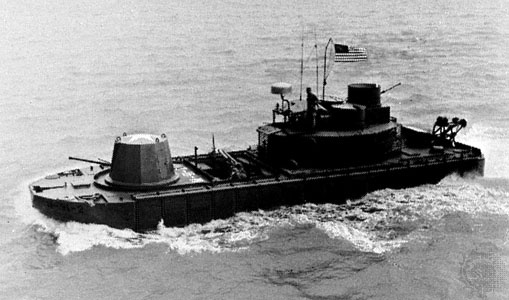monitor
lizard
any lizard of the genera Varanus or Lanthanotus in the family Varanidae. About 50 species of Varanus are recognized in the subfamily Varaninae. Most have an elongated head and neck, a relatively heavy body, a long tail, and well-developed legs. Their tongues are long, forked, and snakelike. They are found in Africa south of the Sahara, through southern and southeastern Asia, in Australia, and on islands in the southwestern Pacific.
The smallest monitor attains a full length of only 20 cm (8 inches); however, several species grow to great size and length. Examples of large monitor species include the Komodo dragon (V. komodoensis) of Indonesia, the largest of all lizards, which grows to a length of 3 metres (10 feet); the two-banded, or water, monitor (V. salvator) of Southeast Asia, which grows to 2.7 metres (9 feet); and the perentie (V. giganteus) of central Australia, which grows to 2.4 metres (8 feet). Partial fossils (fossil) of Megalania prisca, an extinct Australian monitor that lived during the Pleistocene Epoch, suggest that it exceeded 7 metres (23 feet) in length and likely weighed nearly 600 kg (about 1,300 pounds). All Varanus species except V. olivaceus are carnivorous and often consume large insects (insect) and spiders (spider), other lizards, small mammals, and birds. V. komodoensis is known to capture much larger prey such as water buffalo (Bubalus bubalis). V. olivaceus eats fruits in addition to animal prey.
The earless monitor (L. borneensis), a rare and little-known lizard native to Borneo, is the only species in the subfamily Lanthanotinae. It too is elongate with a relatively long neck, but the limbs are small. It grows to a length of 40 cm (16 inches).
ship type
 ironclad warship originally designed for use in shallow harbours and rivers to blockade the Confederate states in the American Civil War (1861–65).
ironclad warship originally designed for use in shallow harbours and rivers to blockade the Confederate states in the American Civil War (1861–65).Built by the Swedish engineer John Ericsson (Ericsson, John) for the U.S. Navy, the original vessel of this type was named “Monitor.” Remarkably engineered, it contained over 40 inventions entitled to basic patents. Essential features of its design included its minimal exposure above the waterline (making it hard to hit) and its protection from enemy fire—five inches of armour plate in the hull and one inch in the deck. The need to aim the guns when the ship could not be manoeuvred, as in a harbour, led to the development of the revolving turret. Swivelled by steam power, the turret of “Monitor” contained two 11-inch (280-millimetre) cannons; its turret box was covered with 8 inches of armour.
On March 9, 1862, “Monitor” engaged the Confederate ironclad “Virginia” (originally named “Merrimack”) in a dramatic, though inconclusive, battle that attracted international attention and resulted in construction of many similar vessels for the U.S. Navy. The original “Monitor,” however, was never seaworthy. En route from New York to Chesapeake Bay for the famous battle, it almost sank twice. Putting to sea again in December 1862, it went down off Cape Hatteras with a loss of 4 officers and 12 men.
Many improved monitors were built during the American Civil War and used by the U.S. Navy with mixed results. Though quite effective against other vessels and, hence, valuable in maintaining the blockade, monitors were not very effective in attacking fortified harbours.
For many years the U.S. Navy (United States Navy, The) retained monitors of the Civil War type. In the 1890s, six were built with two turrets each. Four monitors commissioned in 1902 and 1903, each carrying two 12-inch (305-millimetre) guns, were the last U.S. Navy monitors. After being used as submarine tenders in World War I, they were scrapped in 1922.
The British Navy (Royal Navy, The) also adopted monitors. In 1915 and 1916 large monitors mounting 15- and 18-inch guns were built for use along the Belgian coast, in the Dardanelles, in the Suez Canal, and in the Adriatic Sea. For World War II the British Navy built monitors mounting two 15-inch guns. The Russian and Romanian navies used small, shallow-draft monitors as river gunboats. After 1945 both the French and the U.S. navies in Vietnam used landing craft with improvised armour and armament that were known as monitors.
- maarib
- Maarten Schmidt
- Maarten Tromp
- Maasai
- Maass, Clara
- Maastricht
- Maastrichtian Stage
- Maastricht Treaty
- Maat
- Maathai, Wangari
- Maazel, Lorin
- Mab
- Maba cranium
- Maban languages
- Ma Barker
- Mabel Cratty
- Mabel Dodge Luhan
- Mabel Keaton Staupers
- Mabel Loomis Todd
- Mabel Normand
- Mabel Thorp Boardman
- Mabillon, Jean
- Mabini, Apolinario
- Mabinogion
- Mabley, Moms